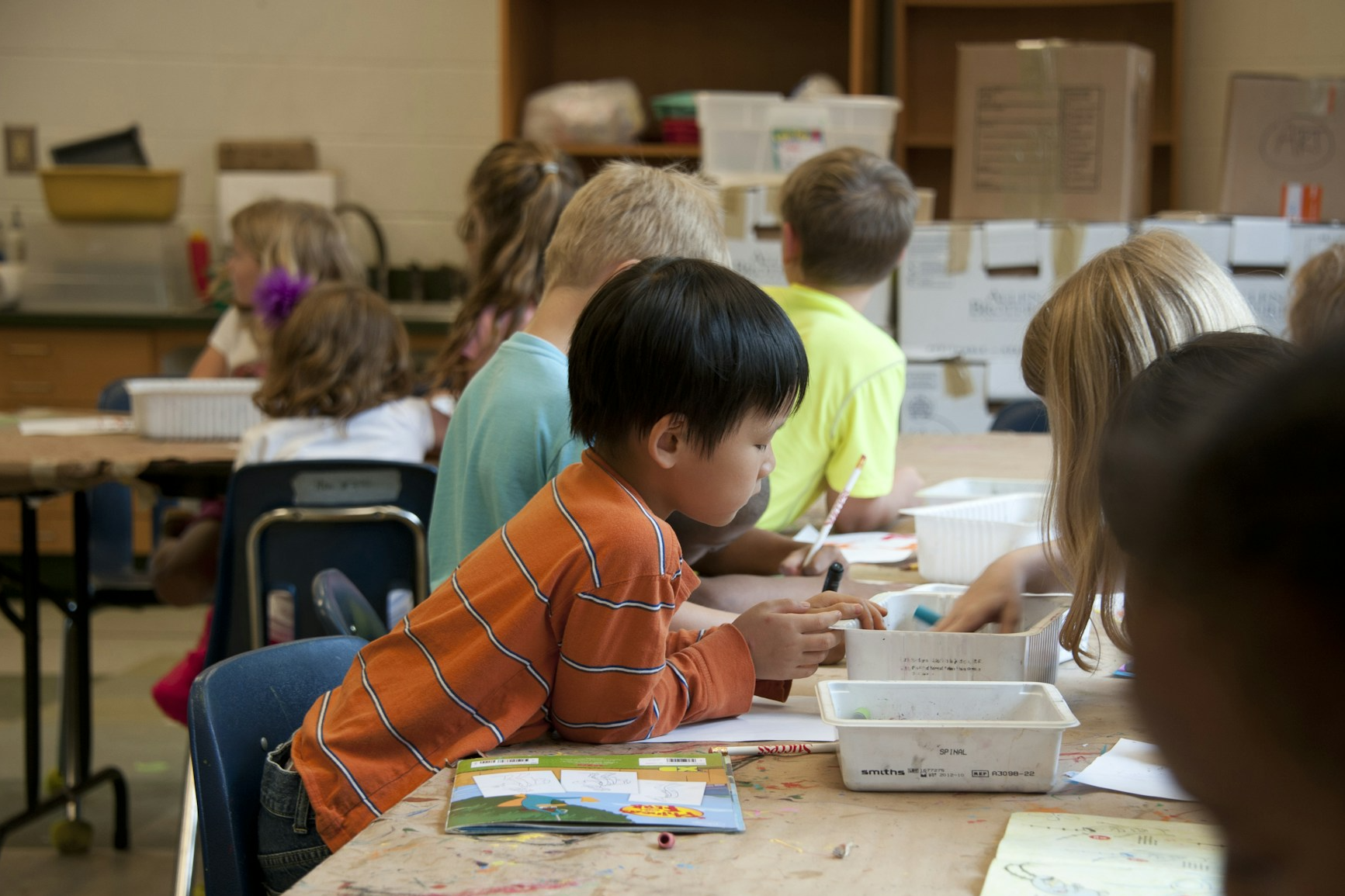Short, intentional movement breaks transform classrooms by boosting student engagement, sharpening focus, and supporting effective learning across age groups.

Exploring evidence, challenges, and practical strategies from movement-based learning in classrooms
Movement-based learning through short, intentional movement breaks transforms classrooms by boosting engagement, sharpening focus, and supporting effective learning across age groups. In this article, we explore the evidence, challenges, and practical strategies behind movement-based learning in classrooms.
In classrooms, lecture halls, workshops, and training rooms alike, one challenge is universal: maintaining attention and keeping students or participants engaged. Whether it’s young children learning to read, teenagers preparing for major exams, university students tackling their assignments, or workshop participants trying to keep up, minds tend to wander. Research in cognitive psychology and educational neuroscience shows that purposeful movement restores focus, reduces stress, and supports learning (Ratey, 2008; Jensen, 2005). Humans are not built to sit for long hours. When concentration dips, performance drops. Purposeful movement gives the body and mind the break they need to reset. Afterward, learners return more focused and ready to perform.
Movement as a Learning Tool
Movement engages both body and mind. For children, simple playful activities like clapping hands or games such as Simon Says improve coordination and concentration. For older students and adults, short stretches, posture checks, or mindful breathing offer similar benefits. These simple physical activities increase blood flow to the brain. Moreover, they enhance attention and improve cognitive processing.
Research on active learning and movement-based learning highlights the link between engagement and information retention (Tomporowski et al., 2015; Prince, 2004). In short, learning is active. Brief, energizing activities prepare the brain to receive and retain new information. As a result, classrooms become more productive and meaningful learning environments.
In a typical teaching and learning environment, movement-based strategies can range from quick energizers between lessons to hands-on tasks that integrate movement with subject content. These approaches not only help students stay focused, think creatively, and remain engaged throughout the lesson. They also make learning dynamic and interactive.
For example, Total Physical Response (TPR), encourages learners to respond physically to verbal instructions. Mindful movement or stretch breaks act as stress busters and refocus attention. Classroom energizers keep students alert during lessons. Additionally, structured programs such as Brain Gym® offer purposeful movement sequences to support learning readiness and cognitive performance.

Despite their benefits, movement-based strategies are often overlooked. Large class sizes, time constraints, and classroom management concerns tend to get in the way. However, these are minor obstacles compared to the gains. Purposeful, short bursts of movement enhance rather than interrupt learning. The key lies in intention.
Practical Ideas Across Age Groups
These strategies do not have to be complicated or time-consuming. Short, intentional breaks fit naturally into lessons without disrupting the flow.
For example, simple balancing exercises or guided stretching between lessons help young learners restore focus. For secondary school students, brief energizers such as standing discussions, short walks to gather ideas, or posture resets reduce mental fatigue and improve concentration.
Meanwhile, university students and adult learners benefit from breathing exercises, posture checks during lectures, or two minutes of light stretching in workshops. Even minimal interventions like these maintain attention and prevent mental overload.
Across all age groups, intention matters more than duration. Short, strategic activities restore focus and readiness to learn. Empirical research supports these benefits. Structured, brief movement activities positively influence cognitive performance. For instance, Brain Gym® exercises improve concentration (Nafi’ah, Al Gifari, & Oktaviani, 2025) and enhance attention, memory, and problem-solving skills (Dawood, 2022). These findings demonstrate that even minimal, intentional movement produces measurable learning benefits.
Insights from Educators
At the Movement-Based Learning Strategies for Early Childhood Educators Workshop, held at Swinburne University of Technology Sarawak in September 2025, about 30 early childhood educators explored practical strategies for incorporating movement. Participants included educators from Tadika Impianku, Mumtaz Kiddie and Kindergarten, Eduwiss TT3, and students in Swinburne’s Early Childhood Education Diploma program.
Initially, some teachers were unsure how to integrate movement into their lessons. However, by the end of the workshop, they felt more confident. They applied stretching exercises, clapping games, and movement breaks during the sessions. The activities illustrated how movement-based learning enhances student engagement and kept participants active throughout. In many ways, the teachers themselves became living examples of how purposeful movement transforms learning.
A Small Shift with Big Potential
Movement-based learning is not a standalone solution. However, when used effectively, it strengthens teaching and learning. These strategies complement, rather than replace, sound pedagogy. By recognising the mind–body connection and integrating age-appropriate movement strategies, educators can improve focus and boost engagement.
It takes only small, intentional actions. By weaving short movement breaks into class routines, teachers help students reset, refocus, and learn more efficiently. Sometimes, a simple stretch, breath, or movement is enough for the mind to be ready again. As Eric Jensen reminds us, “The brain learns best when the body is in motion.”
The opinions expressed in this article are the author’s own and do not reflect the view of Swinburne University of Technology Sarawak Campus. Norizan Tan is the Head of Department – Business, Design and Communication, and a lecturer with the School of Foundation. She is contactable at [email protected]

